How to Choose the Best Protein Powder, According to an RD
Now that you have a better idea about how much protein you really need, hopefully it’s easier to decide IF and HOW protein powder fits into your routine. You can’t choose the best protein powder for you, if you don’t start with those steps.
Since you’re here, there’s a good chance you’re thinking about either trying protein for the first time or shaking things up with the supplement you’re using now. Annnd maybe you’ve realized that shopping for protein is kind of overwhelming.
So. Many. Options.
If decision paralysis is your toxic trait like mine (hellooo 200 tabs open at all times), I’m here to help! Let’s break down the options, ignore what brands claim you “need,” and figure out what you actually need to choose the best protein powder.
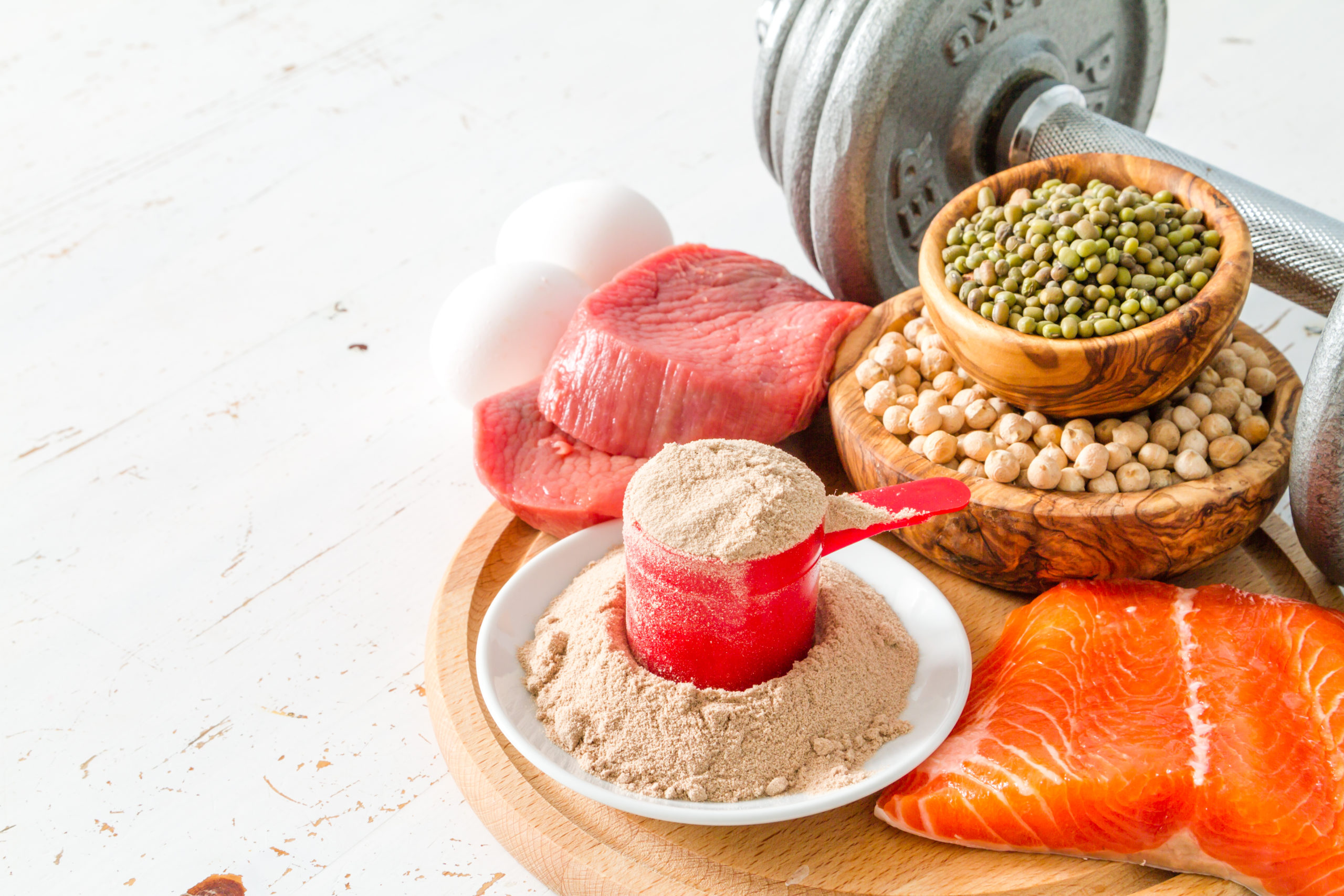
The difference between animal and plant-based protein
Did you wake up knowing you’d be taking Nutrition 101 today?! 😉
I would say the most common question I get about protein is if animal-based (whey, casein, egg) is “better” than plant-based (soy, pea, brown rice, hemp). To understand the difference between these types of protein powders, we need to (literally) break down protein. This is the first step to choose the best protein powder for YOU.
The key difference is amino acids.
When protein digests, it’s broken down into building blocks called amino acids. There are 20 different types that the body uses for functions like repairing tissue, building muscle, producing hormones, and more.
Our bodies can actually make these, except for 9 “essential” amino acids that we can only get from food. To carry out certain functions like building muscle, you need to make sure you’re getting adequate amounts of all 9.
To dig just a liiiiittttle deeper, there is another important group of 3 amino acids called branched-chain amino acids (BCAAs). They have a unique chemical structure and have been shown to stimulate muscle protein synthesis (build muscle), improve workout performance, and reduce post-exercise soreness.
Animal vs. plant-based protein
Animal proteins are considered “complete” because they contain all 9 essential amino acids. They’re also the best source of BCAAs.
Protein from plant sources like beans, nuts, seeds, and soy contain most of the essential amino acids, but often lack at least one. Here’s the good news – since foods have different amino acid profiles, you can still get all of the amino acids you need as long as you eat a variety of foods – even on a plant-based diet.
Which one is better?
That depends! 🙂
Neither option is hands-down better than the other – you’ll see why after we go into more detail about each kind.
I will say this – you CAN build muscle with BOTH. A lot of people assume that plant-based protein isn’t good quality or that it’s a waste of time. I’ll save the bioavailability for later, but IMO, plant-based is a solid choice.
As plant-based protein powder becomes more mainstream, more research is supporting this. For example, a study published in the Journal of the International Society of Sports Nutrition found that combined with resistance training, participants who took a pea protein supplement experienced similar results for muscle growth as participants taking whey protein.
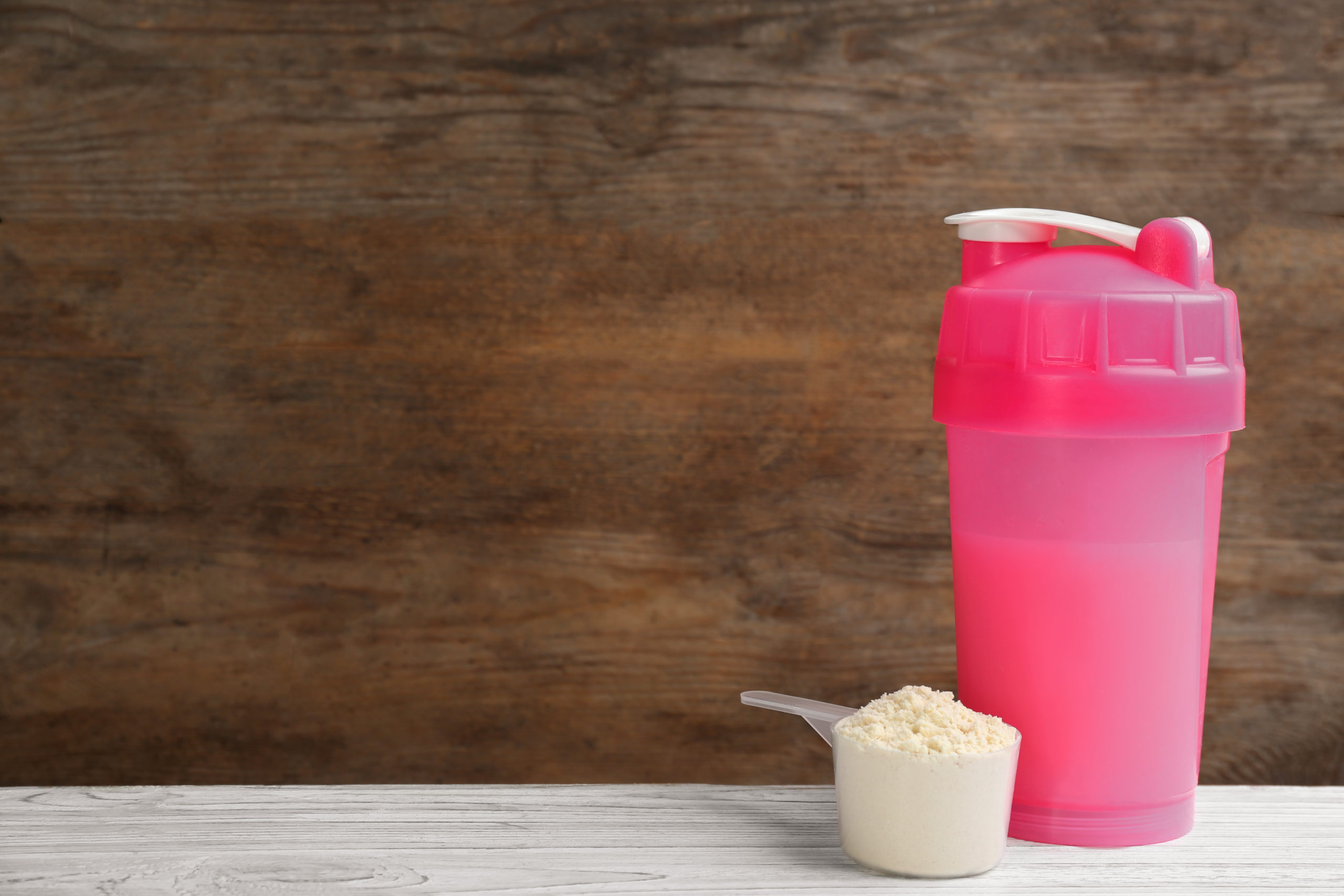
The pros and cons of whey protein
Whey protein is made from milk. It’s actually a byproduct of cheesemaking! When heat or acid is added to milk, it curdles and separates. The liquid part is whey.
That liquid that sits on top of your Greek yogurt? Also whey!
Simple processing transforms liquid whey into protein powder. Whey concentrate is the cheapest and most common form, but you might also see whey isolate and whey hydrolysate. Whey isolate is 90% protein, with no lactose or fat. Whey hydrolysate is “predigested,” which makes it easier to absorb.
The pros: Whey is a “complete” protein, meaning it has all 9 essential amino acids. Whey is also high in BCAAs, which is a big plus for bodybuilders. The body absorbs whey more quickly than other types of protein, making it ideal for post-workout recovery. It mixes well and has mild flavor, and is usually inexpensive compared to other proteins.
The cons: If you can’t tolerate or don’t prefer to eat dairy, whey probably isn’t the best choice for you. It may cause digestive issues for some people. Whey isolate and hydrolysate are better tolerated, but more pricey. If you’re gluten-free, make sure you check the label! Some whey protein powders contain it.
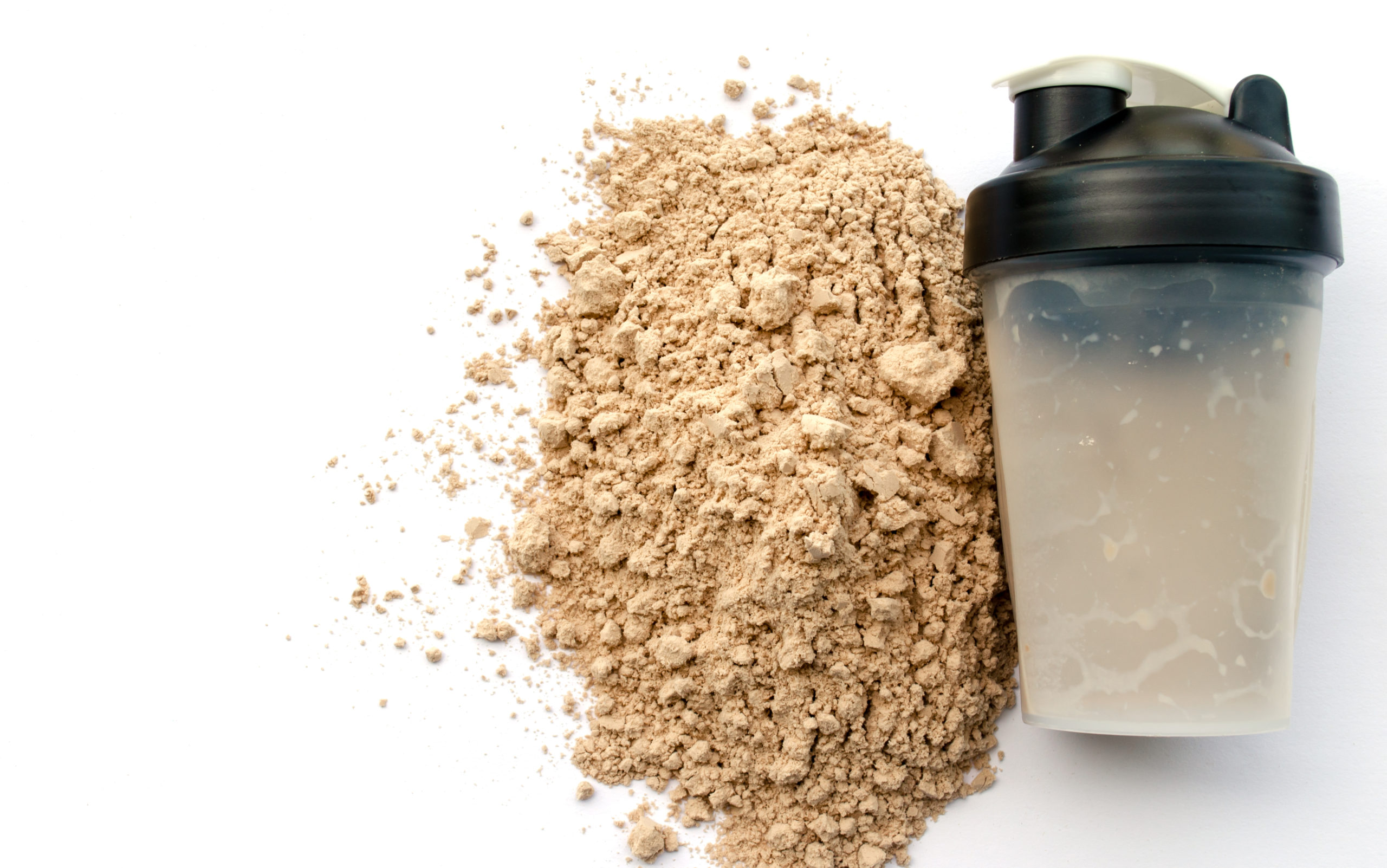
Other animal-based protein powders
Casein
Casein also comes from dairy. Similar to whey, it has all of the essential amino acids and is a good source of BCAAs. However, casein takes a lot longer to digest than whey. This isn’t a bad thing! It actually gives casein some unique benefits. It provides a steady supply of amino acids over a long period of time, which helps to prevent muscle breakdown and also promotes satiety. A lot of people like to take it at night while they are in a fasted state.
Egg Protein
This is a great option if you’re dairy-free but not 100% plant-based! Most egg protein powder is made from egg whites. The low fat content is easy on digestion and nice for anyone who wants more control over their macros. The downside to being low-fat is that it doesn’t keep you full as long.
Collagen
Yes, collagen is a type of protein! But here’s the thing – it’s not a “complete” protein. Although it’s important (it IS the most abundant type of protein in your body!), your morning coffee mixed with collagen peptides isn’t meant to replace traditional protein powder or protein from food. Instead, collagen is used as a functional food used to improve things like skin and joint health.
Plant-based protein powders
The first thing to know is that not all plant-based protein powders are vegan. Some could contain non-vegan ingredients like honey. Make sure to check the label if you prefer a vegan supplement!
Soy protein
Remember when I said most plant-based sources aren’t “complete” proteins? Soy actually is! It’s also a good source of branched-chain amino acids. Soy used to be the most common type of plant-based protein powder, but it’s dropped in popularity as more people avoid GMOs (most soy in the US is genetically modified). Some people are also allergic to soy.
Pea protein
Pea protein has become popular, for good reason! It’s made from yellow split peas, which are higher in protein than green peas (about 15-20 grams per 1-scoop serving). Pea protein barely misses the mark to being a complete protein, lacking only one essential amino acid that you can easily make up with food.
The other thing that sets pea protein apart from other plant-based protein is BCAAs. I mentioned before that BCAAs are a major benefit for animal-based protein, but pea protein is a close comparison.
Pea protein is easy to digest and has a creamier texture than other plant-based protein powders (others can be kind of gritty). As a bonus, it’s a good source of iron.
Brown rice protein
This is also pretty easy to find. It also lacks one essential amino acid, but a different one than pea protein. Since they complement each other, some brands use a blend of the two types of protein to create a powder that qualifies as a “complete” protein. This is also another good source of BCAAs.
One concern people have about brown rice protein is arsenic contamination. Avoid this by choosing a reputable brand with thorough testing.
Hemp protein
Yes, hemp protein comes from the cannabis plant. It can only contain trace amounts of THC, so no – it doesn’t do anything “extra,” if you know what I mean. It’s unique because it provides not only (complete!) protein, but other nutrients like iron, fiber, and omega-3 fatty acids.
Other types
Those are the most common types of plant-based protein powders, but you might see some others like sunflower seed protein, chia protein, or pumpkin seed protein. Also! I mentioned how brands are creating blends with more than one source of protein, which I love! The pea/brown rice protein blend is the most common type I’ve seen, but I’ve also heard of brands blending quinoa with other plant-based sources to provide a better amino acid profile.
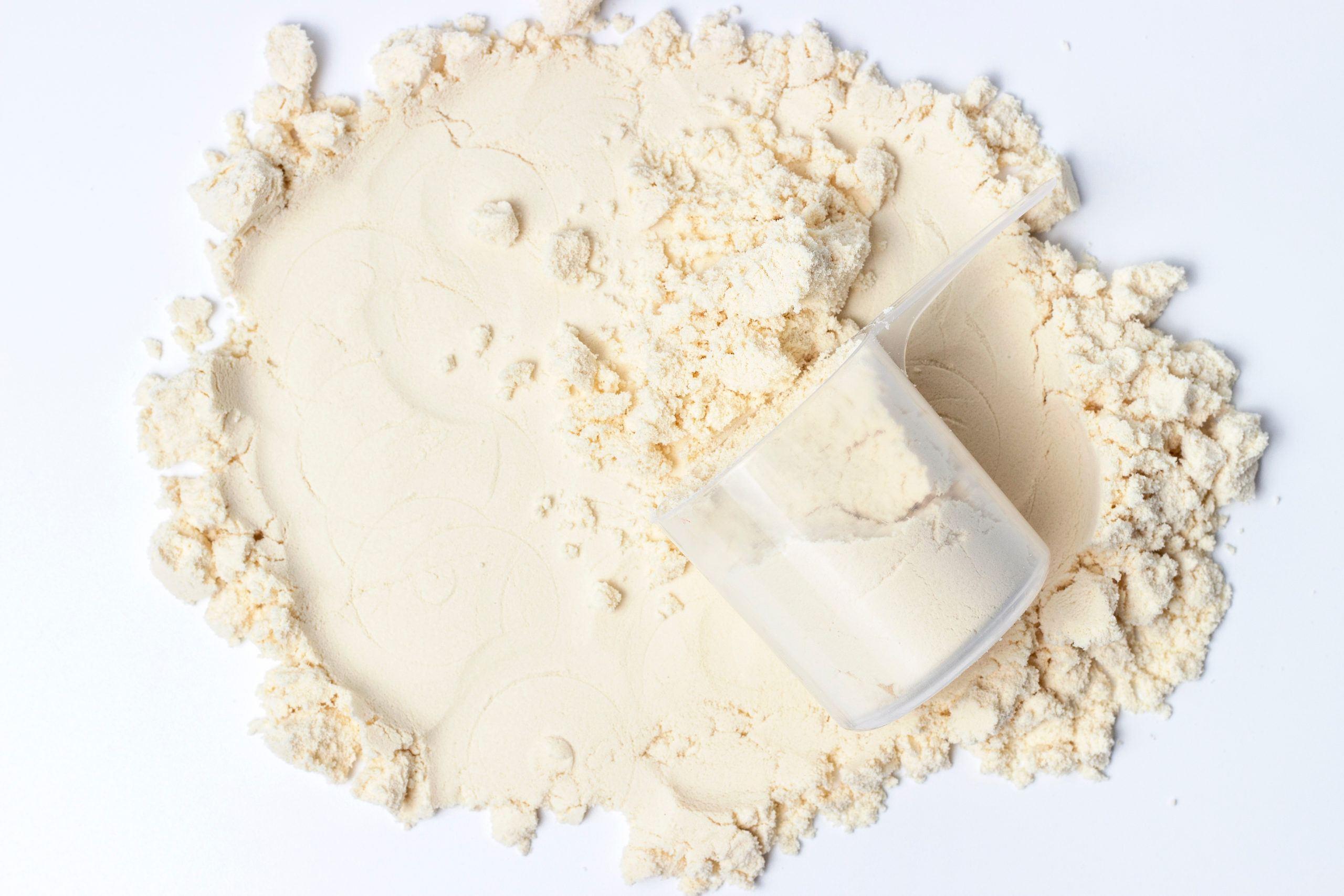
Ingredients we love to see …
If you’re standing (or scrolling) and reading through ingredient lists, here’s what to look for to choose the best protein powder:
❤️ A short, simple ingredients list – we are here for the protein, right?
❤️ Quality sources – casein and whey from grass-fed cows or plant-based protein from non-GMO sources are a plus.
❤️ Added vitamins, minerals, or probiotics
❤️ Natural sweeteners – If you prefer a sweet flavor, natural sweeteners like Monk fruit are a good option that most people tolerate well.
We (probably) do NOT love to see…
AKA ingredients you might want to avoid. I say MIGHT because not all of these ingredients are “bad” for everyone. If you have issues or concerns with any of these, simply choose a brand that avoids them!
Thickeners/emulsifiers – Thickeners are usually added to protein powder to make it more smooth and easy to mix. The most common thickener is carrageenan, which may cause digestive issues for some people. There are also claims that carrageenan is inflammatory, but more research is needed to support this.
Soy lecithin is another controversial additive. It’s used as an emulsifier to make protein easier to mix and to preserve flavor. One reason this ingredient is controversial is because it’s derived from soy, which is usually genetically modified.
Milk solids/milk powders – These are commonly used in lower quality powders to “bulk” up the product.
Dyes – Dyes are added to make it look pretty, but again, they’re not necessary.
Hydrogenated oils – These are used to increase the shelf life and/or make a more desirable texture. The downside is that this is just saturated fat (or even worse, trans fat if it’s partially hydrogenated). These increase cholesterol and risk for heart disease.
Added sugar or artificial sweeteners – A ton of added sugar can interfere with your goals, so beware of any protein powder that tastes too sweet to be true, and check the label. Artificial sweeteners are fine in reasonable amounts if you ask me, but some people prefer to avoid them for a variety of reasons. The biggest issue people have is with certain types of artificial sweeteners like xylitol, which can cause bloating and diarrhea.
Heavy metals and toxins – Hard pass on this one. These sometimes sneak into lower quality protein powders through poor manufacturing processes and questionable farming practices. These obviously won’t be on the label, but you can avoid them by checking a brand’s testing practices.
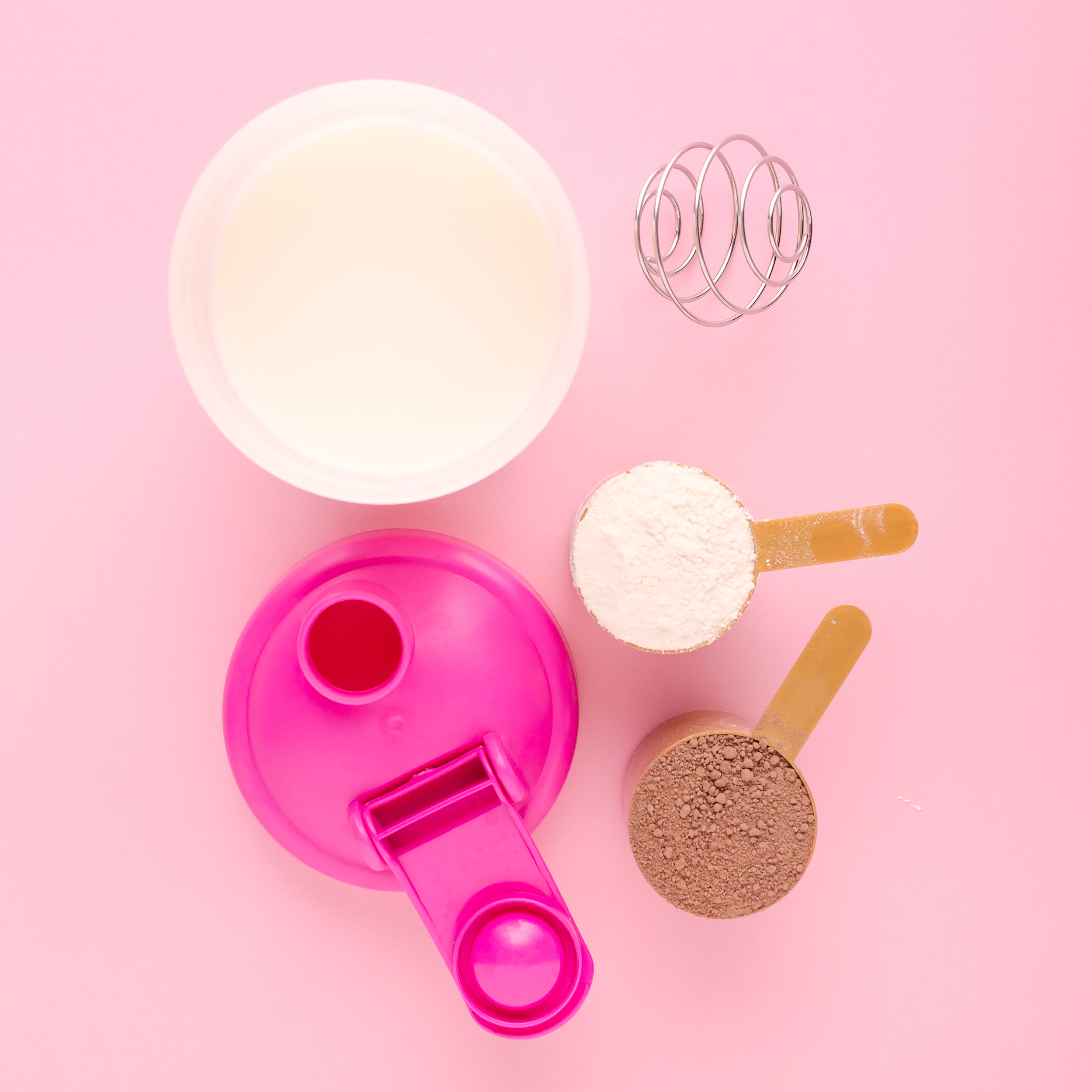
The best protein powder depends on your goals
At the end of the day, the best protein powder for you is the one that you will use consistently to benefit YOUR needs.
First, think about your goals – are you trying to lose weight, build muscle, or just fill in the gaps because it’s hard to consistently meet your protein needs? Will you be taking protein post-workout to boost recovery or should you choose something to take at night to target weight loss?
Then, think about your personal preferences – are you okay with dairy, or do you prefer something plant-based? Will you be using this for mostly shakes and smoothies, or do you want something that bakes well? Maybe you need to experiment with flavor. What is your budget?
Trust me. Trying to fit a square peg into a round hole isn’t worth it in the long run. Forcing yourself to take that expensive, fancy-looking protein that your cousin SWEARS by isn’t going to do you any favors if you hate the taste and it makes your stomach hurt. Take the time to choose the best protein powder for you.
Annnnnd always focus on food first!
What should we talk about next?!
Wheewww that was a lot longer than I planned! Hopefully these posts are helping to clear up some confusion about protein, especially if you’re overwhelmed trying to choose the best protein powder (there are soo many!)
What should we talk about next!?!

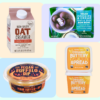



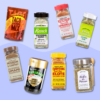

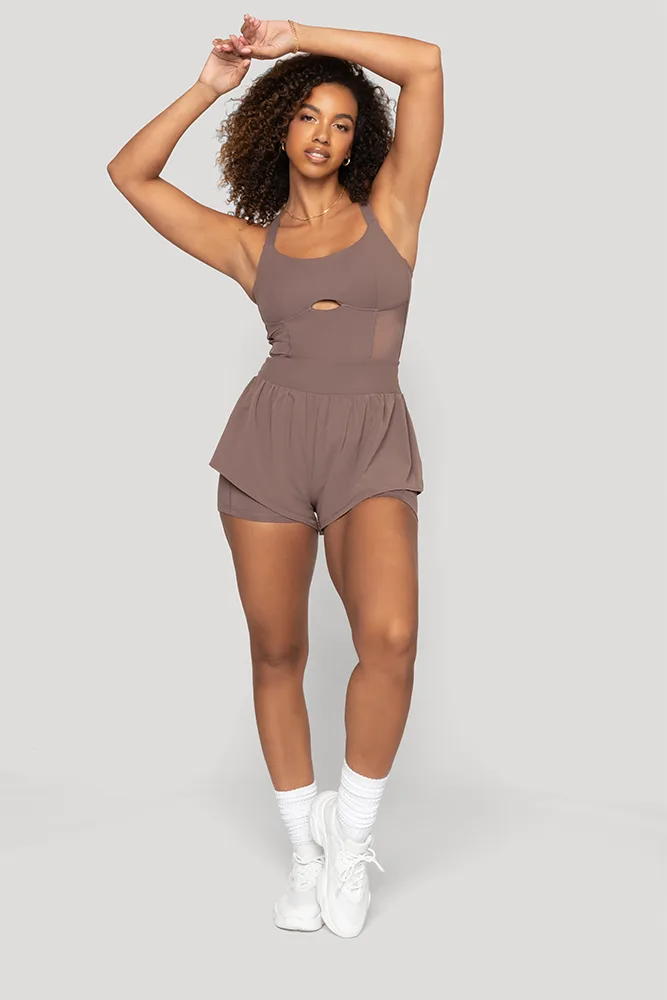
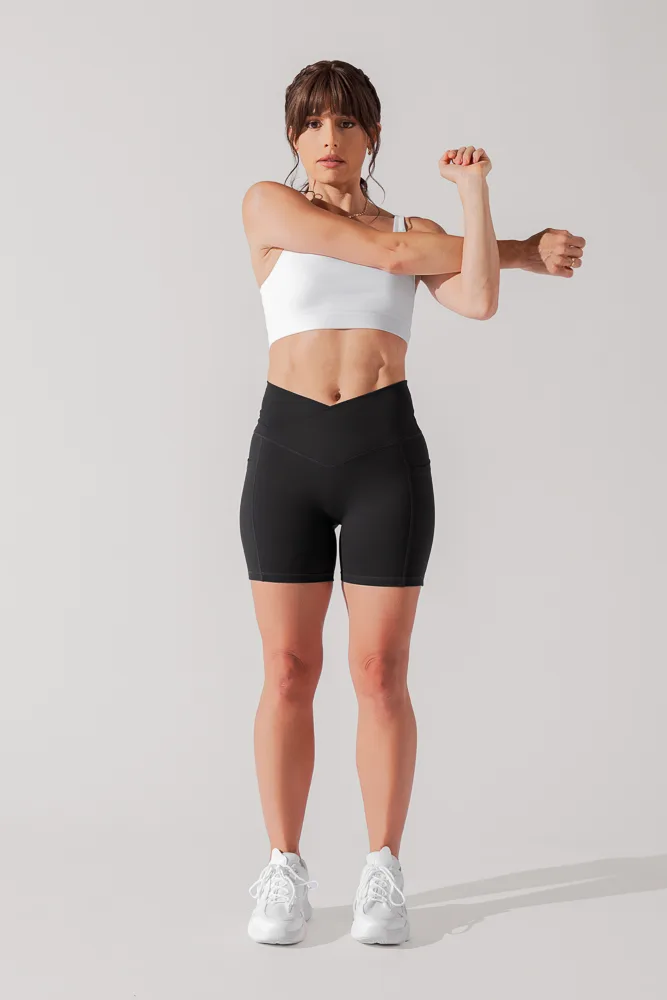

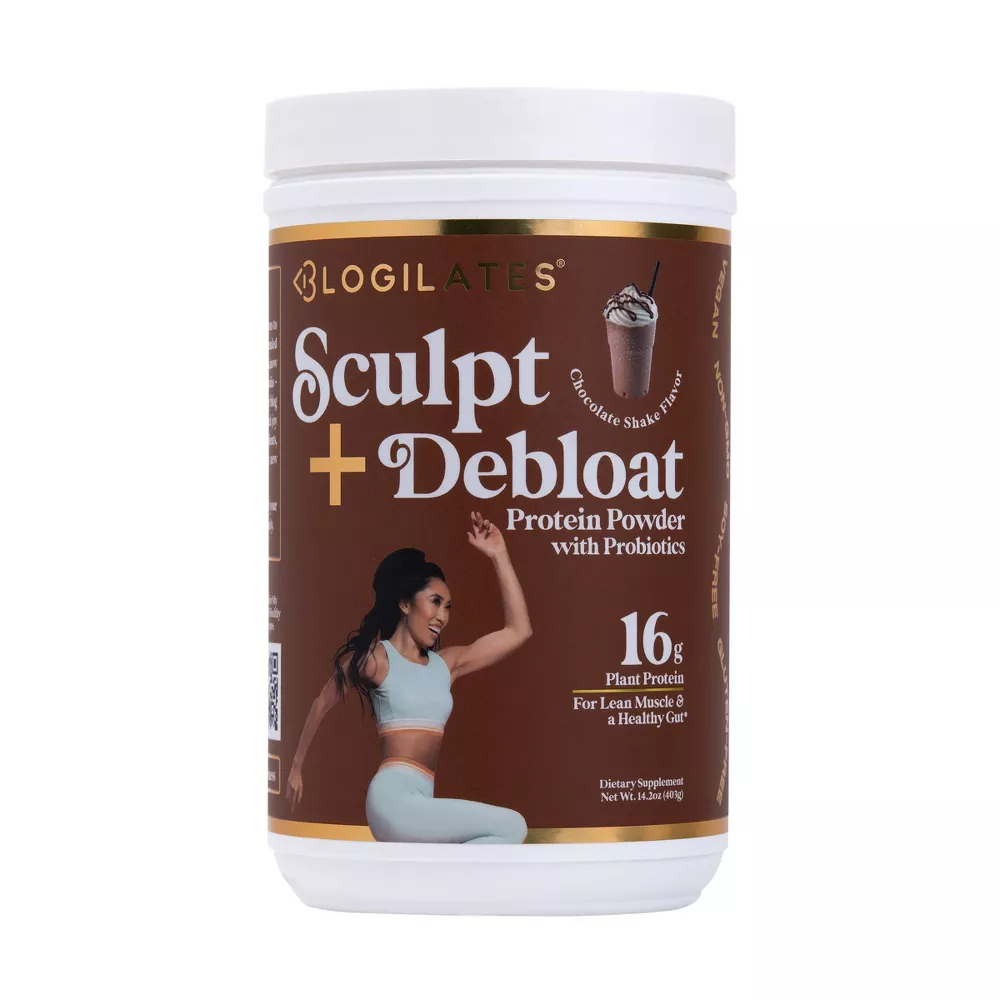
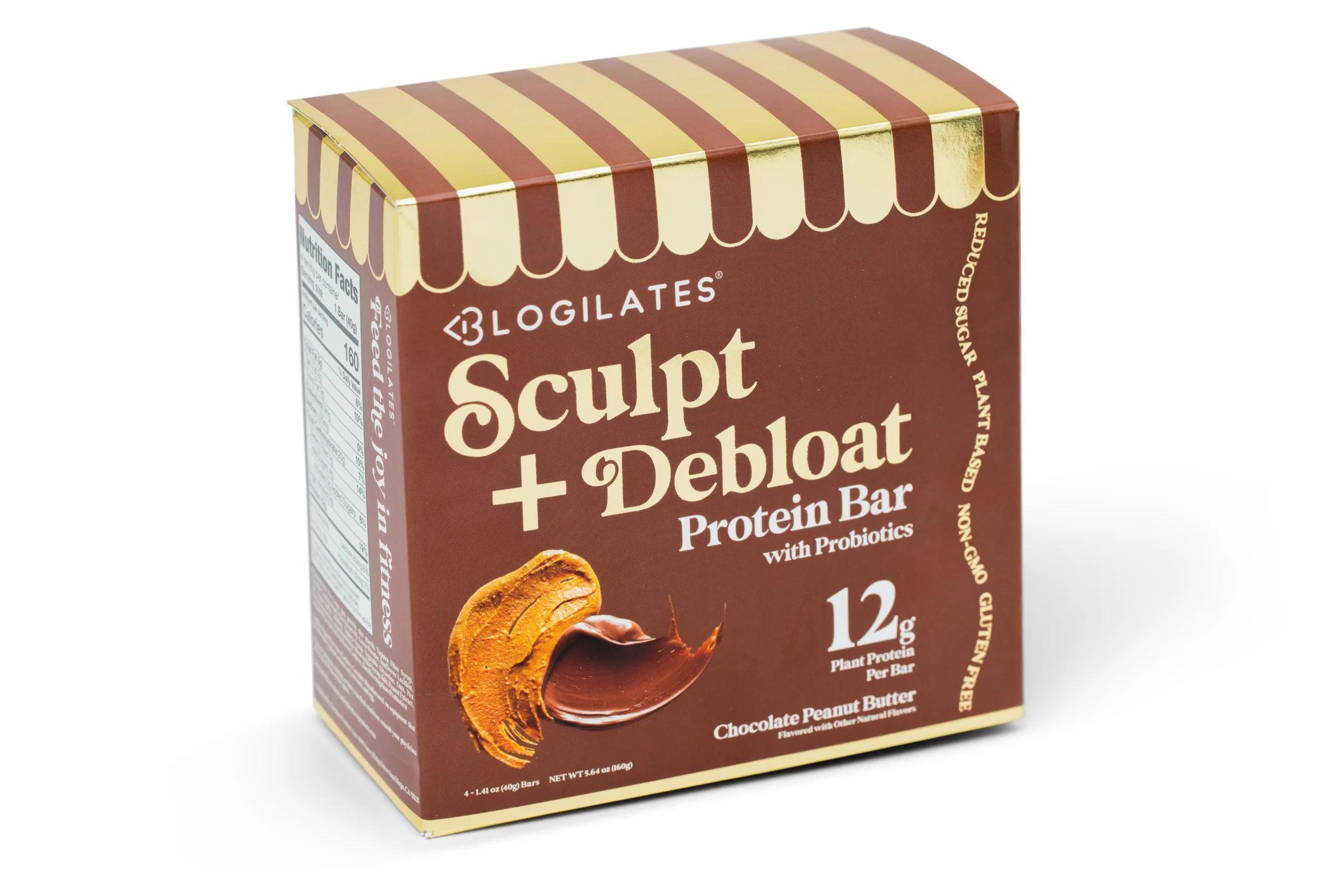
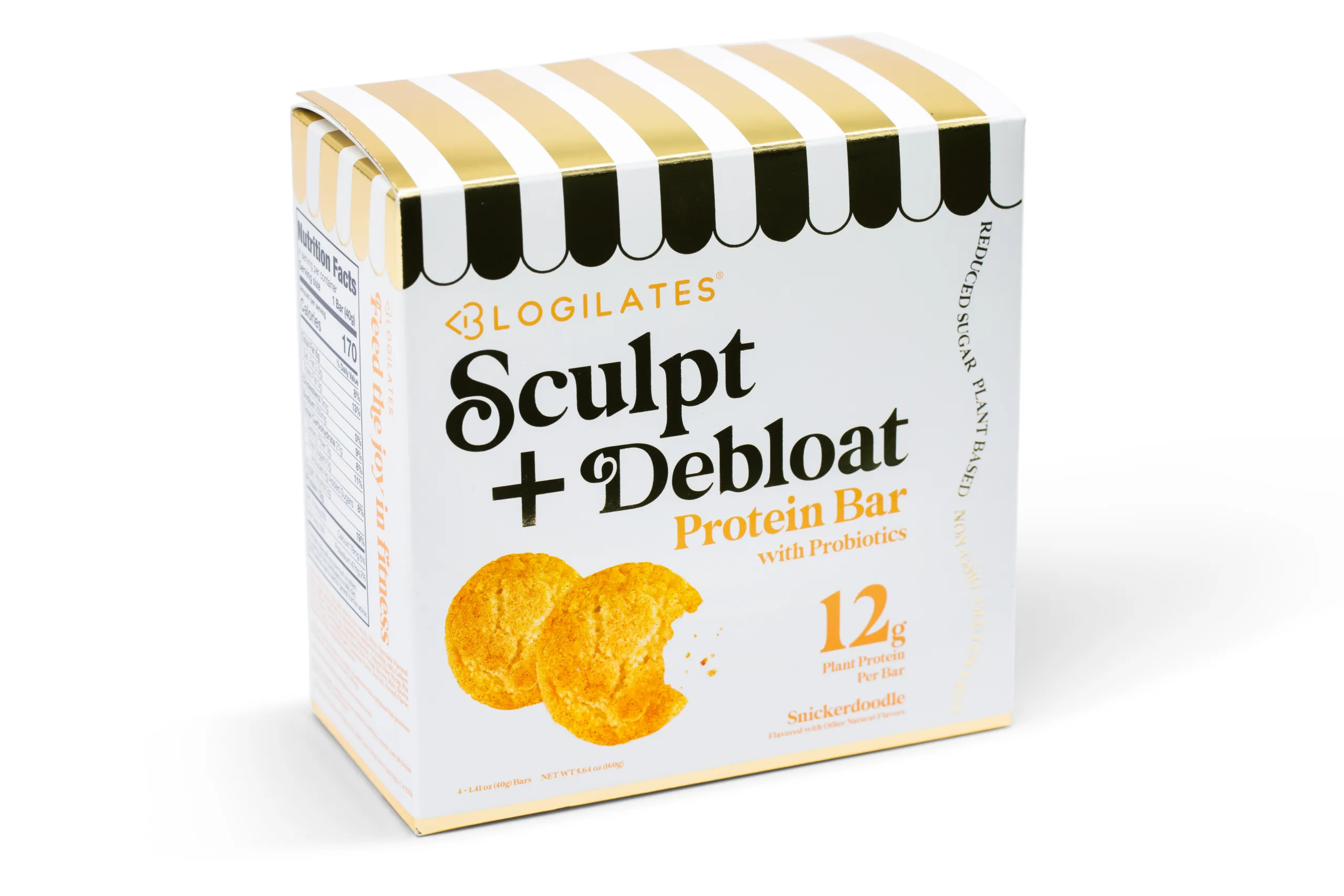
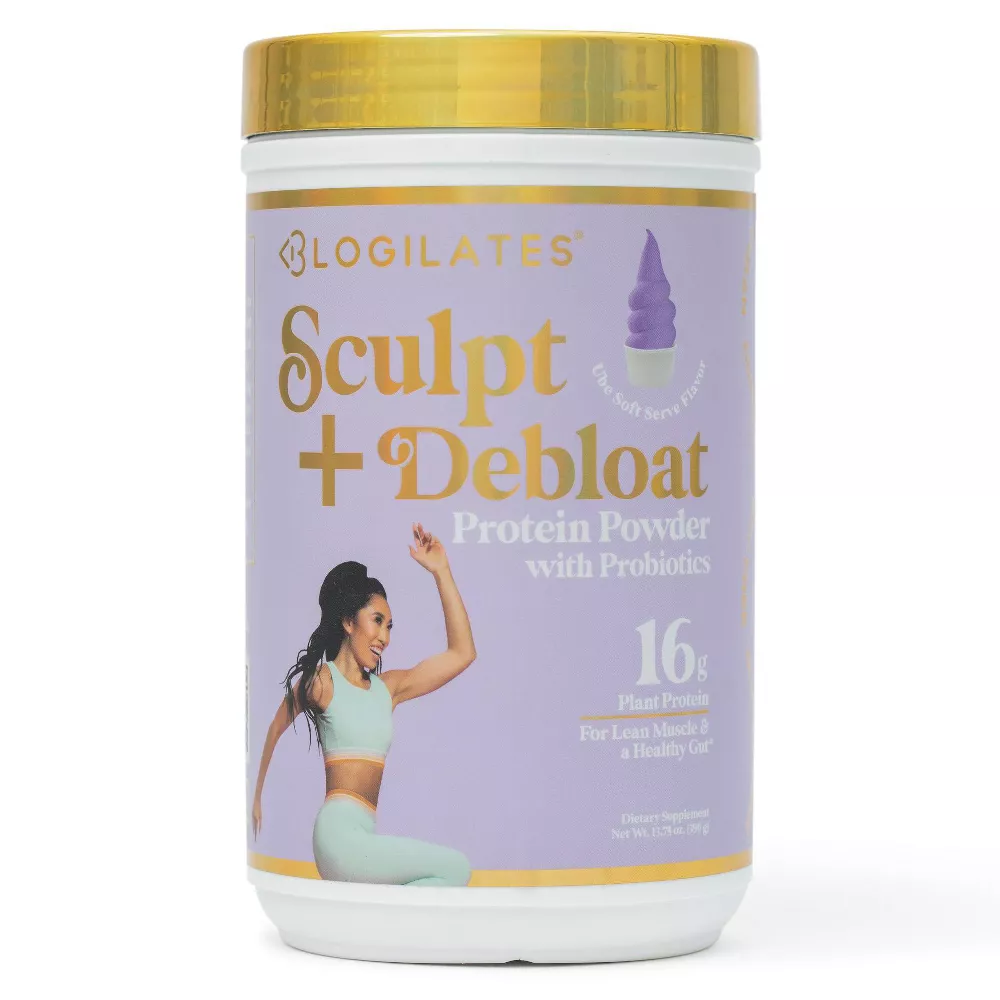


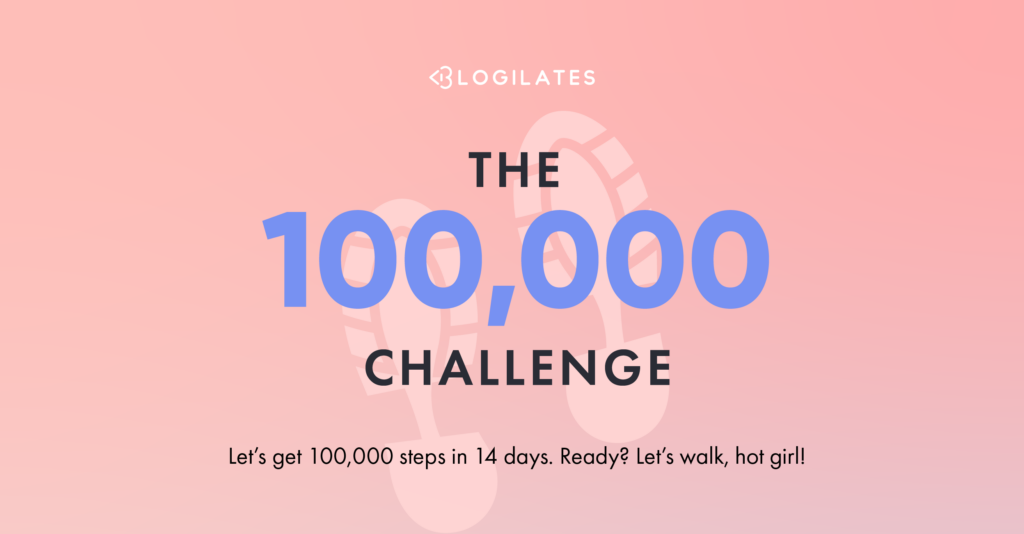
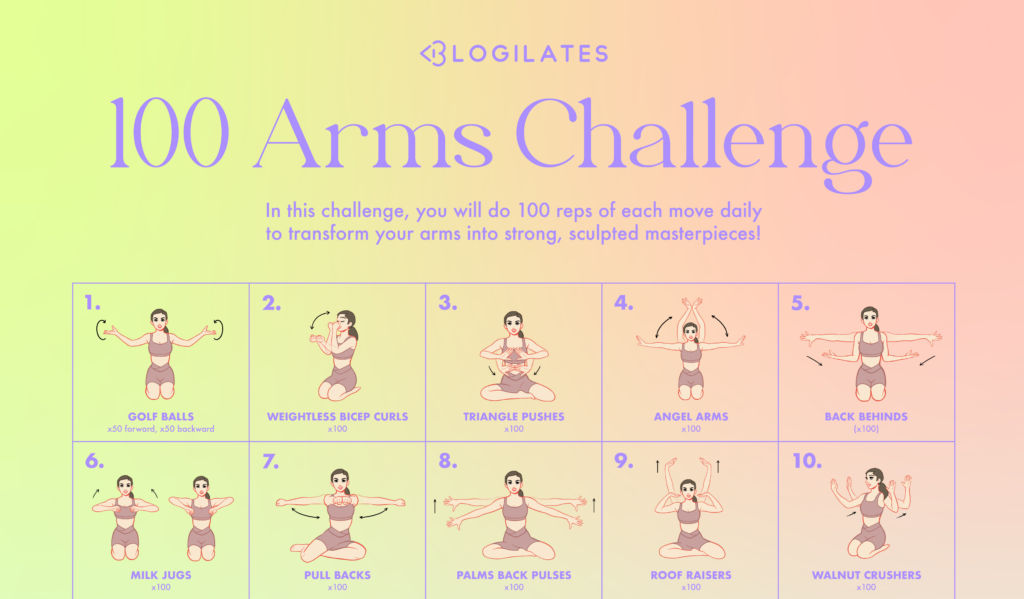
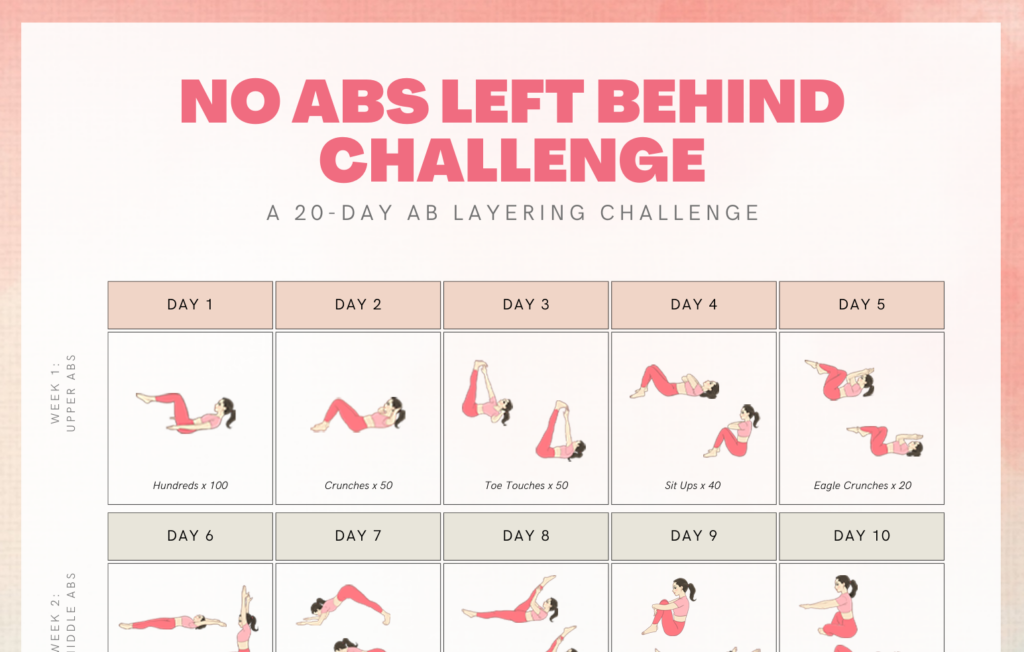
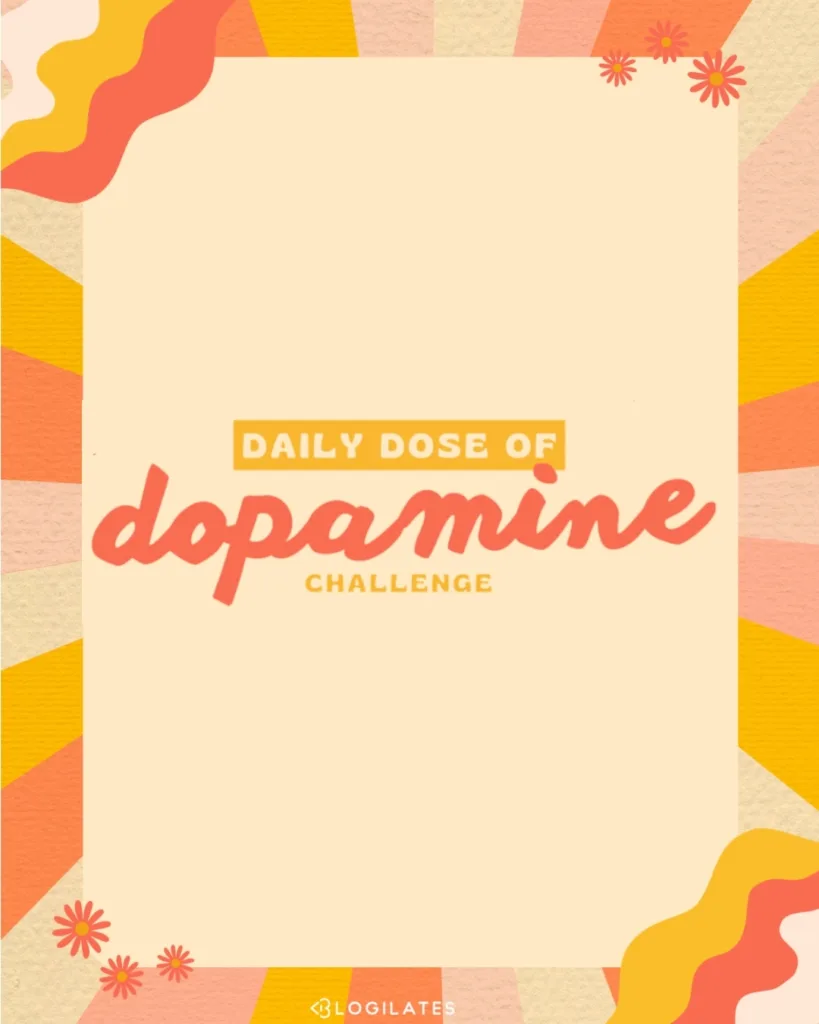
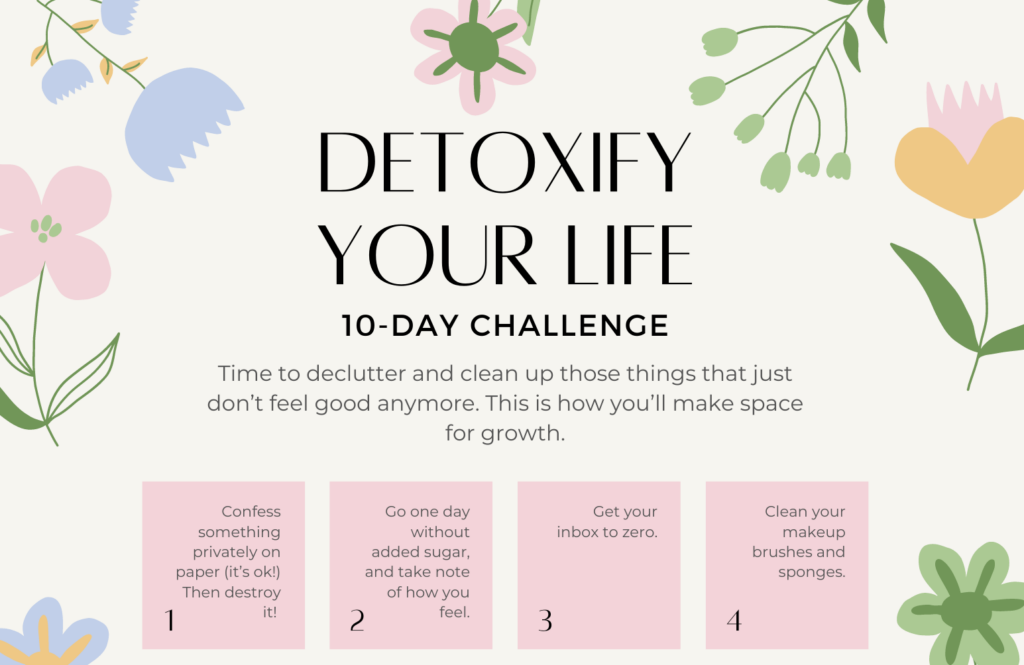
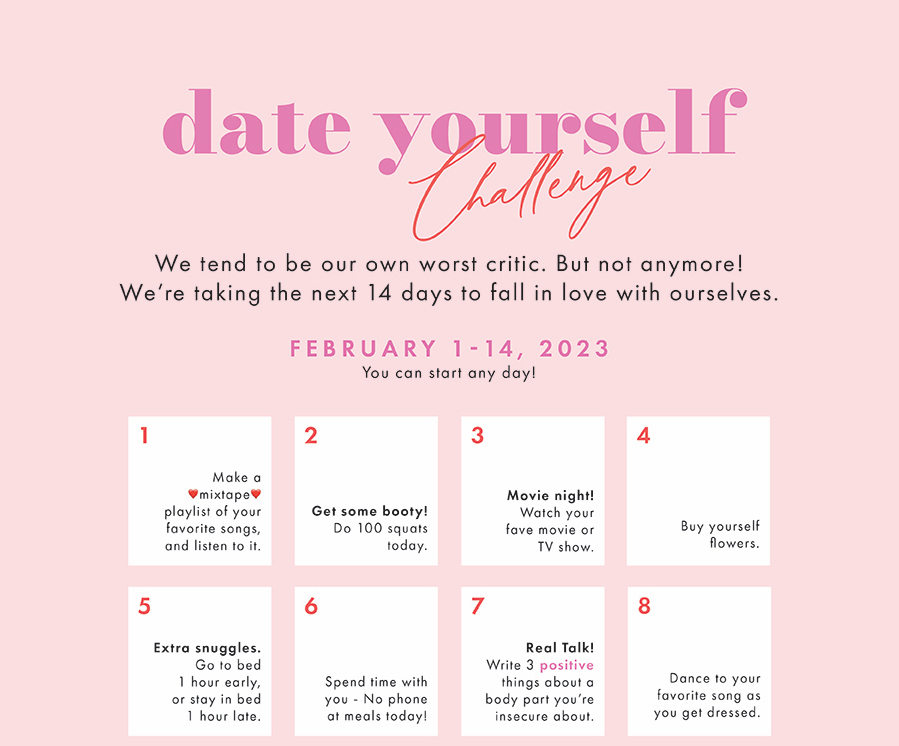
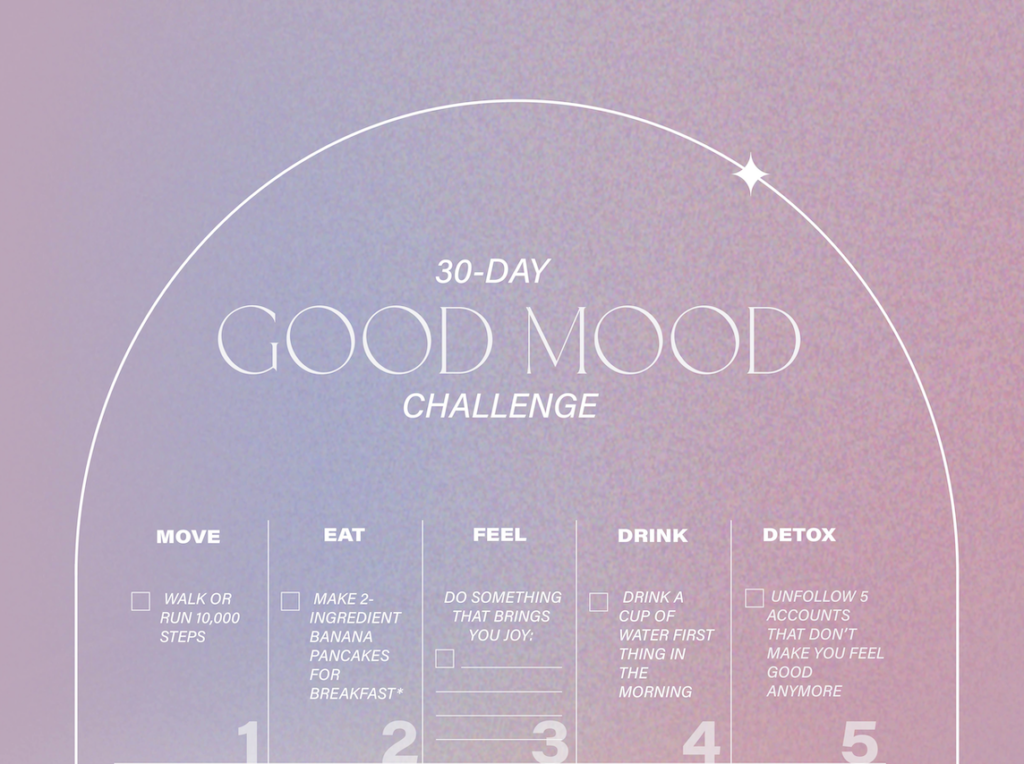
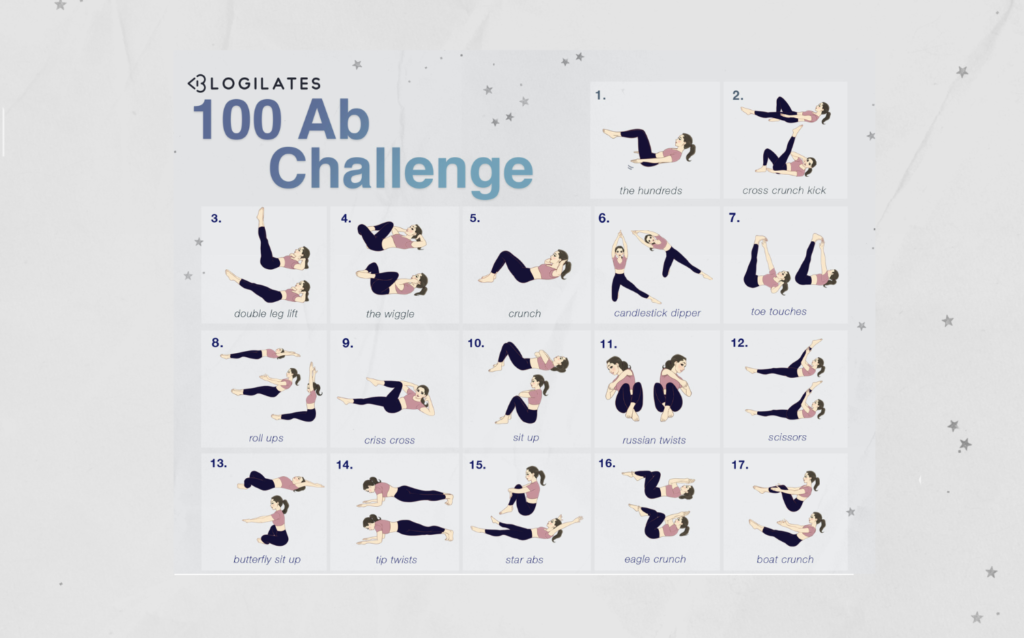
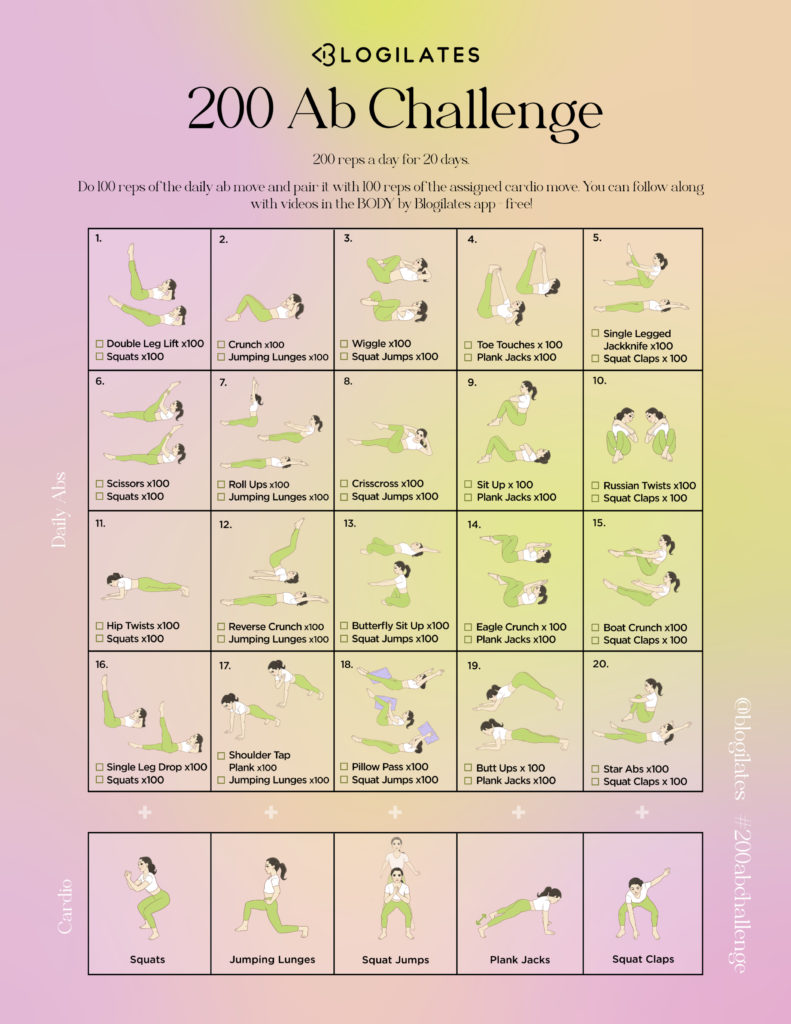


9 thoughts on “How to Choose the Best Protein Powder, According to an RD”
There are 9 comments posted by our users.
Hi Breanna,
I just love how you always emphasize that food should take precedence over suppliers. (At least that is my biggest takeaway ><)
I do eat/drink protein powder after a harder workout if there is nothing else at home but I rather eat cheese (almost any type) or yogurt with some fruits.
Thanks for writing about these topics I am looking forward to reading more of your easy to digest, free spirited posts.
Hey Breanna, great information you gave us! I’m still a little confused on the best way to take my protein powder if my goal is weight loss. I drink vegan protein and it’s usually after a work out. Do you have any advice?
Is it possible or safe to use protein powder shakes as a meal replacement? My goal is to lose weight and I don’t always have alot of time to meal prep.
Hi! It’s possible to use protein in a powder as a meal replacement if you make sure it also has enough carbs, fat and overall calories too to fuel your body like a meal would. I usually don’t recommend meal replacement shakes because they can be too low-calorie. Also, a lot of people struggle to feel full and satiated when they replace meals with shakes because physically chewing food helps signal your body that you’re full!
Hey BREANNA! I was one of your silent readers and never commented. But my god, the information you gather to create this article can be seen from anywhere. The way you compare animal and plant based protein is so helpful for me. I WOULD DEFINITELY TRY Plant Based Protein on first! Thank you!
Hi Sophia! Thank you for commenting!!! I’m so glad you found this helpful 🙂
Thank you so much for all of your advise! Do you have tips on combating hormonal cravings/appetites? Sometimes my hormones make me not want to eat at all and sometimes I feel like a teenaged boy with a bottomless pit for a stomach! Both affect my fitness that week and its really frustrating because I feel like I lose all the hard work I put in the rest of the month.
Hi Sarah! I totally get your frustration. The first thing to know is that having a few “off” days won’t make you lose the other hard work you’ve put in, so don’t stress! On the days your appetite is low, try to pick nutrient-dense foods when you do feel like eating. On the bottomless pit days, listen to your body and eat when you feel hungry. Keep in mind that protein and healthy fats will help keep you full. If you do give into some cravings, that’s ok!